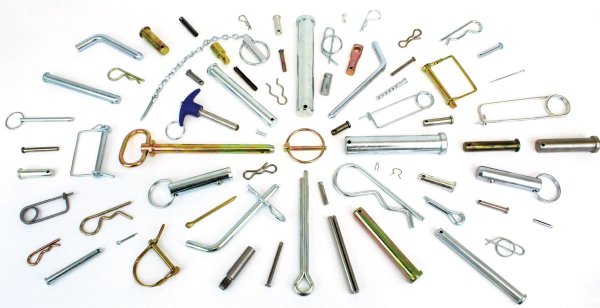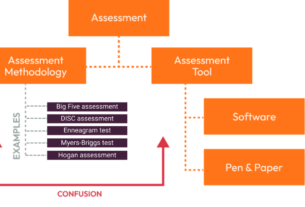Have you ever found yourself struggling to hold a small object in place while trying to drill or saw it? Or perhaps you’ve experienced the frustration of trying to insert a pin into a tight space, only to have it bend or break? If so, then you may want to consider investing in a pin tool.
A pin tool is a versatile and handy device that can be used for a variety of tasks. From holding small objects in place for drilling or sawing, to inserting pins into tight spaces with precision, a pin tool can make your DIY projects much easier and more efficient.
In this article, we’ll take an in-depth look at pin tools – what they are, how they work, and why you might need one. So whether you’re a professional craftsman or just someone who enjoys tinkering around the house, read on to learn everything you need to know about pin tools.
What Is a Pin Tool?
A pin tool is essentially a small handheld device that is designed to help you hold small objects in place while working on them. It typically consists of two parts – a handle and a chuck – which hold the object securely in place.
Pin tools come in various shapes and sizes, depending on their intended use. Some are designed for holding objects at specific angles, while others are meant for inserting pins into tight spaces. There are even electric pin tools that can be used for more heavy-duty applications.
How Does a Pin Tool Work?
The basic operation of a pin tool is quite simple. The user inserts the object they wish to hold into the chuck of the tool, and then adjusts the chuck until the object is held securely in place. Once the object is secure, the user can then manipulate it as needed while working on it.
Some pin tools also come with additional features, such as adjustable angles or interchangeable chucks. These features can make the tool even more versatile and useful for different types of projects.
Why Do You Need a Pin Tool?
There are many reasons why you might want to invest in a pin tool. Perhaps you’re working on a DIY project that involves holding small objects in place, or maybe you need to insert pins into tight spaces with precision. Whatever your specific needs may be, a pin tool can make your work much easier and more efficient.
One of the main advantages of using a pin tool is that it allows you to hold objects securely in place while you work on them. This can help prevent accidents or mistakes, and can also help ensure that your finished product looks neat and professional.
Another advantage of using a pin tool is that it allows you to work with greater precision. By holding objects firmly in place, you can manipulate them more easily and accurately, which can be especially important when working on delicate or intricate projects.
Tips for Using a Pin Tool
If you’re new to using pin tools, there are a few tips that can help you get started:
1. Choose the right tool for the job. Different pin tools are designed for different types of applications, so make sure you choose one that is appropriate for your specific needs.
2. Practice good safety habits. Always wear eye protection and follow all manufacturer’s instructions when using a pin tool.
3. Use the tool correctly. Make sure you understand how to adjust the chuck and use any additional features before starting your project.
4. Start with small objects first. If you’re new to using a pin tool, start with smaller objects before moving on to larger or more complex projects.
5. Take your time. Using a pin tool requires patience and attention to detail, so don’t rush through your work.
Conclusion
In conclusion, if you’re looking for a way to make your DIY projects easier and more efficient, then consider investing in a pin tool. Whether you’re holding small objects in place for drilling or sawing, or inserting pins into tight spaces with precision, a pin tool can help make your work more accurate and professional-looking.
Remember to always choose the right tool for the job, practice good safety habits, and take your time when using a pin tool. With a little practice and patience, you’ll soon be able to tackle even the most complex projects with ease.
References:
https://en.wikipedia.org/wiki/Pin_vise
https://www.thesprucecrafts.com/using-a-pin-vise-4129250
https://www.instructables.com/How-to-Use-a-Pin-Vise/




